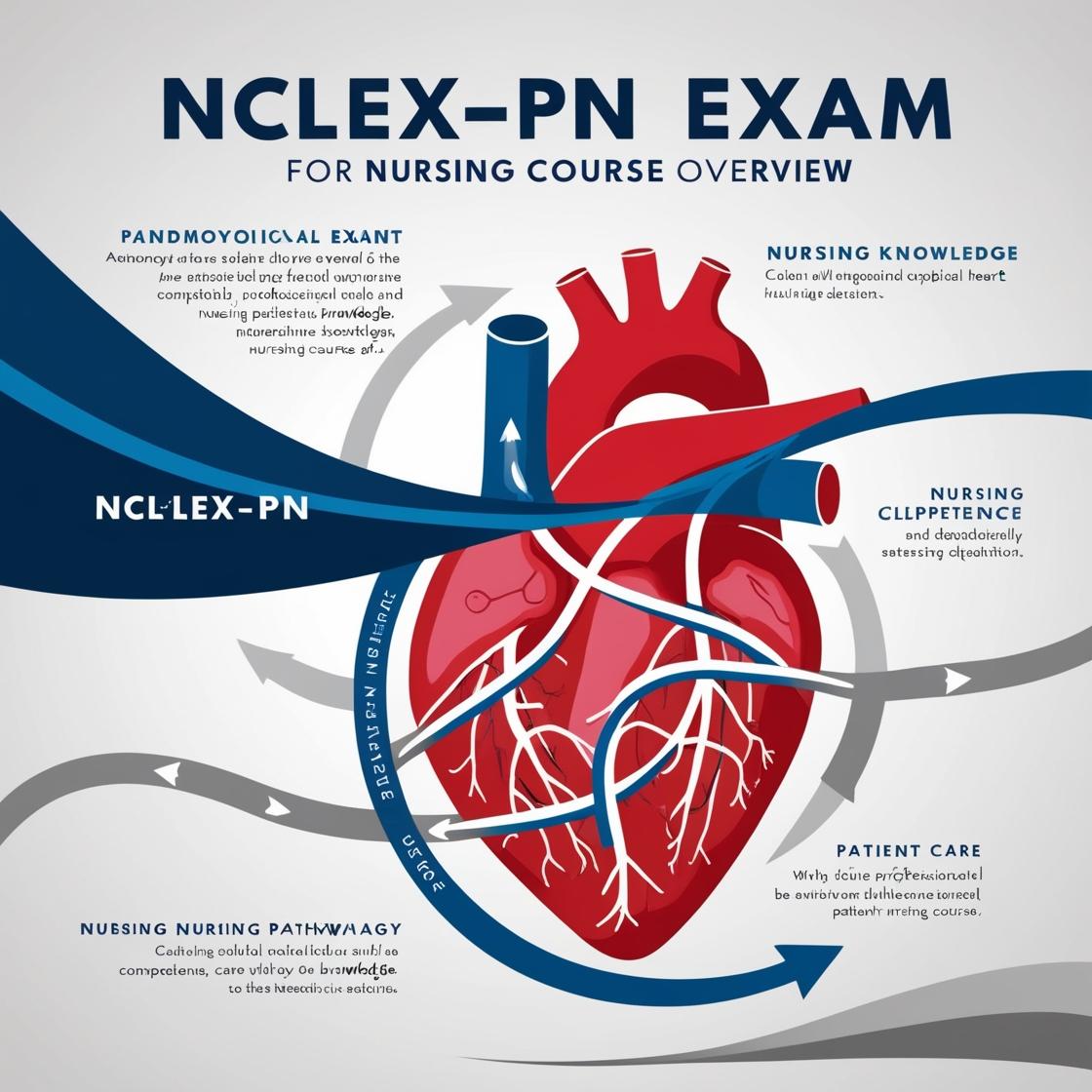NCLEX NCLEX-PN
Quizlet NCLEX PN 2023
1. In a client with asthma who develops respiratory acidosis, what should the nurse expect the client's serum potassium level to be?
- A. normal
- B. elevated
- C. low
- D. unrelated to the pH
Correct answer: B
Rationale: In respiratory acidosis, the serum potassium level is expected to be elevated. This occurs because potassium shifts from cells into the bloodstream as a compensatory mechanism to maintain acid-base balance. Choices A, C, and D are incorrect. A normal potassium level is not expected in respiratory acidosis. A low potassium level is more commonly associated with alkalosis, not acidosis. The potassium level is indeed related to pH changes in respiratory acidosis, leading to the expected elevation.
2. Which of the following observations is most important when assessing a client's breathing?
- A. presence of breathing and pulse rate
- B. breathing pattern and adequacy of breathing
- C. presence of breathing and adequacy of breathing
- D. patient position and adequacy of breathing
Correct answer: C
Rationale: The correct answer is the presence of breathing and adequacy of breathing. It is crucial to ensure that the client is not only breathing but also breathing adequately. Choices A and D are incorrect as pulse rate and patient position are not the most critical observations when assessing a client's breathing. Pulse rate is more related to assessing circulation, and patient position is important but not as crucial as ensuring the client is breathing and breathing adequately. Choice B is partially correct as breathing pattern is important, but the most critical observation is the adequacy of breathing. Adequacy of breathing ensures that the client is receiving enough oxygen to support proper body function and is the key focus during breathing assessment.
3. During a home health visit, a nurse consults with a male patient diagnosed with CAD and COPD who is taking Ventolin, Azmacort, Aspirin, and Theophylline and complains of upset stomach, nausea, and discomfort. What should the nurse do?
- A. Contact the patient's physician immediately
- B. Recommend the patient lie on his right side
- C. Advise the patient to schedule a doctor's visit the next day
- D. Suggest holding the drug Azmacort
Correct answer: A
Rationale: The correct answer is to contact the patient's physician immediately. The patient's symptoms of upset stomach, nausea, and discomfort could indicate theophylline toxicity, a potentially serious condition. It is crucial to consult the physician promptly to address this issue. Option B, recommending the patient lie on his right side, is incorrect as it does not address the potential theophylline toxicity and is not a priority. Option C, advising the patient to schedule a doctor's visit the next day, is inappropriate as the symptoms may indicate an urgent concern. Option D, suggesting holding the drug Azmacort, is incorrect as it does not address the potential theophylline toxicity and should not be done without consulting the physician first.
4. What is the best lab test to diagnose disseminated intravascular coagulation (DIC)?
- A. platelet count
- B. prothrombin time (PT)
- C. partial thromboplastin time (PTT)
- D. D-dimer
Correct answer: D
Rationale: The best lab test to diagnose disseminated intravascular coagulation (DIC) is the D-dimer test. In DIC, numerous small clots form throughout the body and are rapidly broken down. D-dimer measures a specific fibrin split product and is the most specific test for DIC. Platelet count (Choice A) is decreased in DIC due to consumption, but it is not specific for diagnosing DIC. Prothrombin time (PT - Choice B) and partial thromboplastin time (PTT - Choice C) are both elevated in DIC because clotting factors have been used up, but they are not specific for DIC as they can be elevated in other conditions as well.
5. When teaching bleeding precautions to a client with leukemia, the PN should include which of the following instructions?
- A. Use a soft toothbrush.
- B. Use dental floss daily.
- C. Hold pressure on any scrapes for 1-2 minutes.
- D. Use a triple-edged razor.
Correct answer: A
Rationale: The correct answer is to 'Use a soft toothbrush.' A soft toothbrush is recommended because it is less likely to cause the gums to bleed in clients with leukemia, who are at risk of bleeding due to overcrowding of white cells at the expense of other cell types like platelets. Choice B, 'Use dental floss daily,' is incorrect because dental floss is contraindicated and can make the gums bleed in clients with leukemia. Choice C, 'Hold pressure on any scrapes for 1-2 minutes,' is incorrect because when clotting is impaired, pressure should be held for 5-10 minutes or longer until the bleeding stops. Choice D, 'Use a triple-edged razor,' is incorrect because an electric razor should be used instead of a triple-edged razor to prevent small cuts and bleeding in clients with leukemia.

Access More Features
NCLEX PN Basic
$69.99/ 30 days
- 5,000 Questions with answers
- Comprehensive NCLEX coverage
- 30 days access
NCLEX PN Premium
$149.99/ 90 days
- 5,000 Questions with answers
- Comprehensive NCLEX coverage
- 90 days access
